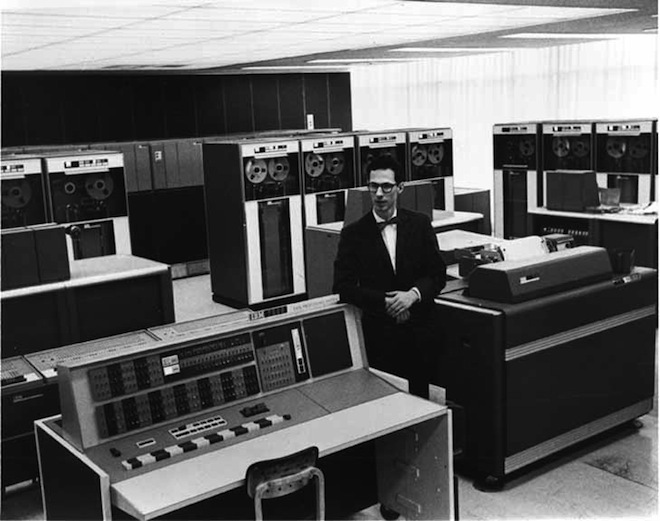Your Body Does Not Want to Be an Interface | MIT Technology Review
Geege Schuman stashed this in Google
Stashed in: Awesome, Google FAIL, science, Augmented Reality!, MIT TR
This is an excellent point:
The assumption driving these kinds of design speculations is that if you embed the interface–the control surface for a technology–into our own bodily envelope, that interface will “disappear”: the technology will cease to be a separate “thing” and simply become part of that envelope. The trouble is that unlike technology, your body isn’t something you “interface” with in the first place. You’re not a little homunculus “in” your body, “driving” it around, looking out Terminator-style “through” your eyes. Your body isn’t a tool for delivering your experience: it is your experience. Merging the body with a technological control surface doesn’t magically transform the act of manipulating that surface into bodily experience. I’m not a cyborg (yet) so I can’t be sure, but I suspect the effect is more the opposite: alienating you from the direct bodily experiences you already have by turning them into technological interfaces to be manipulated.
Take the above example of “staring at something to select it”. When you stare at something in everyday life, you’re not using the fovea of your eye as a mental mouse pointer. You’re just looking at stuff. Mapping the bodily experience of “fixating my center of vision on a thing” onto amental model in which “visually fixating on a thing equals ‘selecting’ that thing for the purpose of further manipulation via technology” is certainly possible. But it’s not at all “natural,” as the Fjord designers glibly assert. Looking is no longer just looking. It’s using your eyes as an abstracted form of “hands” in order to cater to some technological system.
Being John Malkovich did come to mind:
In that case, your own body–your own unmediated, direct experience–would (could?) become “present at hand”: a control surface, an object, not-you, “in between” your intent and your action. You’d be “operating” aspects of your own embodied experience as if it were a technology: think of John Cusack’s character “driving” John Malkovich from the inside. If you ever saw that movie, you may remember that John Cusack’s character got pretty messed up by that experience. But this inner-homunculus-like dissociation of the self from the body, by turning it into a technological interface, is exactly what the designers at Fjord think would feel totally “natural”:
“Think about this scenario: You see someone at a party you like; his social profile is immediately projected onto your retina–great, a 92% match. By staring at him for two seconds, you trigger a pairing protocol. He knows you want to pair, because you are now glowing slightly red in his retina screen. Then you slide your tongue over your left incisor and press gently. This makes his left incisor tingle slightly. He responds by touching it. The pairing protocol is completed.”
Are they serious?
We want our technology to be ready-to-hand: we want to act through it, not on it. And our bodies don’t have to become marionettes to that technology. If anything, it should be the other way around.











8:11 AM Apr 28 2013